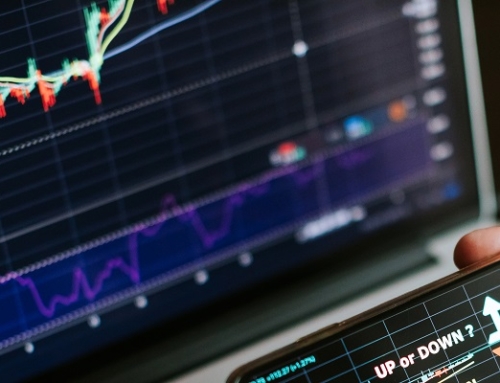CMMS stands for Computerized Maintenance Management Software. In Spanish, the term GMAO(Gestión de Mantenimiento Asistida por Orden) is frequently used.
The first CMMS appeared in the 80s to replace manual maintenance systems in work order management, inventory management, maintenance planning and asset history.
CMMS systems come into play when the asset is created or acquired and focus on operations control, preventive maintenance, inventory, reporting, etc. The focus of the CMMS is therefore on maintenance, helping to develop and automate the various processes in this area and managing communications in maintenance-related activities.
Functionalities of a CMMS
A CMMS offers multiple asset maintenance functionalities. The scope of the CMMS is not limited to industrial facilities but expands to all types of buildings, infrastructures and facilities where any type of equipment or asset is subject to repair and needs maintenance.
CMMS are particularly useful in companies with a large number of dispersed assets, in sectors such as catering, hotels, hypermarket chains and distribution in general, service stations, hospitals, etc.
With improved technology and increasing competition, CMMS / CMMS systems offer users ever greater functionality. The different components of a CMMS include, among others:
- Asset tracking.
- Equipment data management.
- Preventive maintenance.
- Predictive maintenance.
- Workflow automation.
- Work order system.
- Programming/planning.
- Supplier management.
- Inventory control.
- Budgeting.
Main tools of a CMMS
A CMMS offers the user many tools, but it is necessary to know how to use them correctly to get the most out of the system. Understanding what CMMS software can do is the key to maximising its value and using it to improve the maintenance of your assets.
Some tools that a CMMS can include are
- Maintenance Management Tool, which incorporates the purchase and maintenance processes into the system, increasing the know-how about the facilities and the business in general.
- Energy Efficiency Tool, which allows us to monitor and store historical consumption and carry out real-time simulations to optimise energy expenditure.
- Documentary Management Tool, which provides the system with updated documentation generated in management operations during the life cycle of the asset.
- Legal Management Tool, which incorporates into the system information regarding the status of legalisations and the risks derived from the lack of them.
- Environmental Management Tool, which includes information for the traceability of all operations that affect environmental regulations.
- Campaign Management Tools, which allows the use of visit reports in digital format, supported by mobile devices.
- Project Management tools, which improve the monitoring of projects and provide information and key performance indicators.
The combination of these tools greatly facilitates overall asset management.
Advantages of using a CMMS
A CMMS can help reduce maintenance costs and benefit facility managers in several ways daily. Let’s look at some of the benefits that CMMS programmes can bring:
- Collaborative work. The CMMS allows us to be in contact with the technicians in charge of maintenance and to organise the workforce to carry out the necessary tasks. The system sends them notifications and keeps them up to date with their work, avoiding any kind of delay.
- Notifications and automatic alerts. The CMMS software has the functionality to send alerts and automatic notifications to different workgroups, warning them when it is time to carry out maintenance tasks, carry out inspections when the expiry date of the warranties is approaching, and even when there are breakdowns in the units, equipment and installations.
- Reports in real-time. CMMS generates reports, graphs or reports with all relevant information and at the right time so that we can make accurate and correct decisions based on your metrics.
- Data traceability. Modern maintenance management systems guarantee the traceability of data as they electronically, automatically and on the fly record the time when a request or work order was issued, received and executed, as well as every transaction that may occur during the work order.
- It facilitates audits. Electronic documentation of completed applications, work orders and tasks not only ensures data integrity but also eliminates the need to track documents and paper sheets.
- A 360-degree view. We will be able to follow up on inspections and security procedures, prolonging the life of the equipment and validating the number of tools and resources in use, as well as the time estimate for equipment maintenance.
- It helps to lower repair costs. When assets are regularly maintained, there are fewer breakdowns and repairs. This means that repair costs are also lower, which helps your company to save money.
- Agile documentation. We will manage our documents and inventory levels to gain access to information in real-time, which will help us see operations in progress, completed or delayed.
- Management. It will be much easier to prioritize, monitor and plan the activities related to maintenance management, without anything escaping us.
Retain is an EAM platform that includes a powerful CMMS, Do you want to know more about the CMMS tools offered by Retain? Contact us and a specialist will solve all your doubts without obligation.






